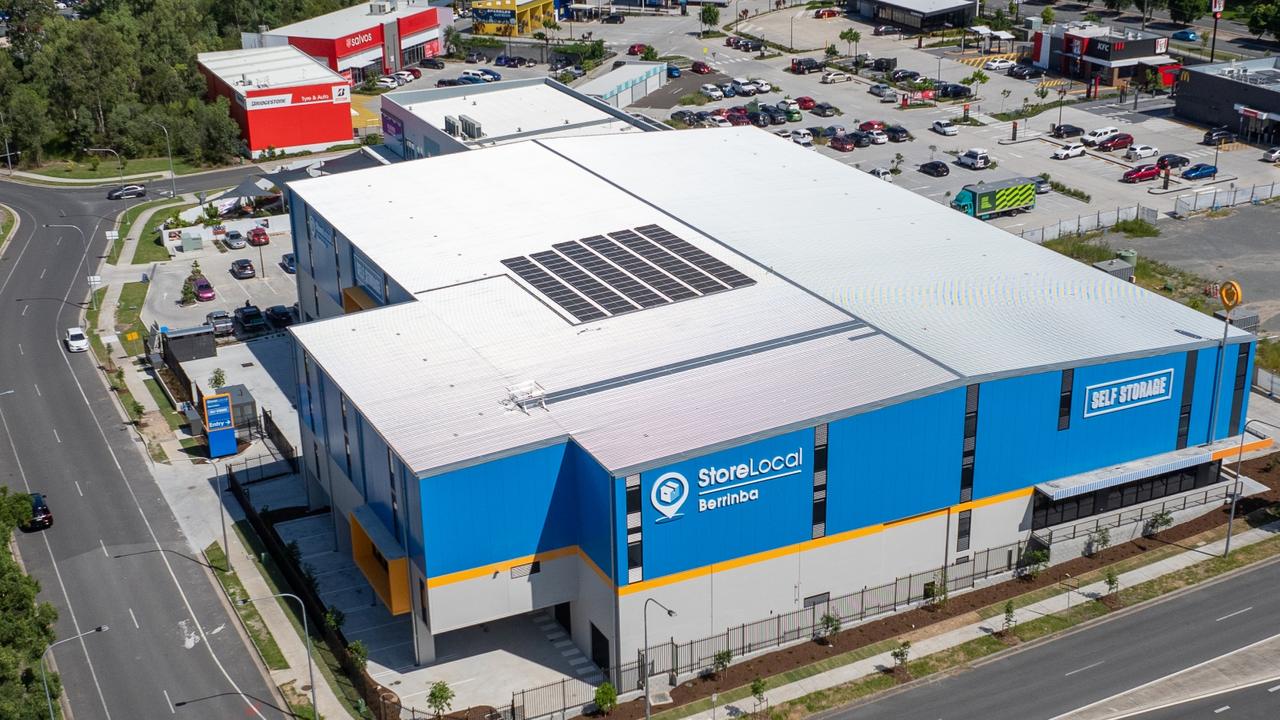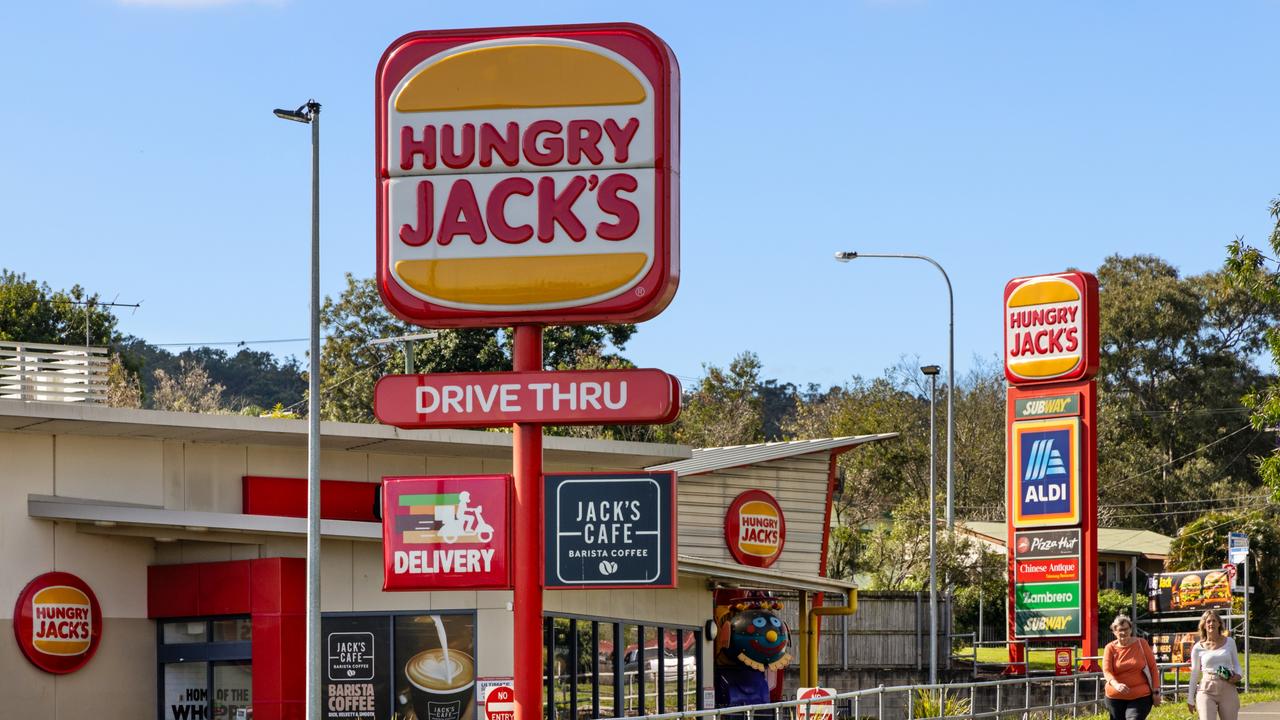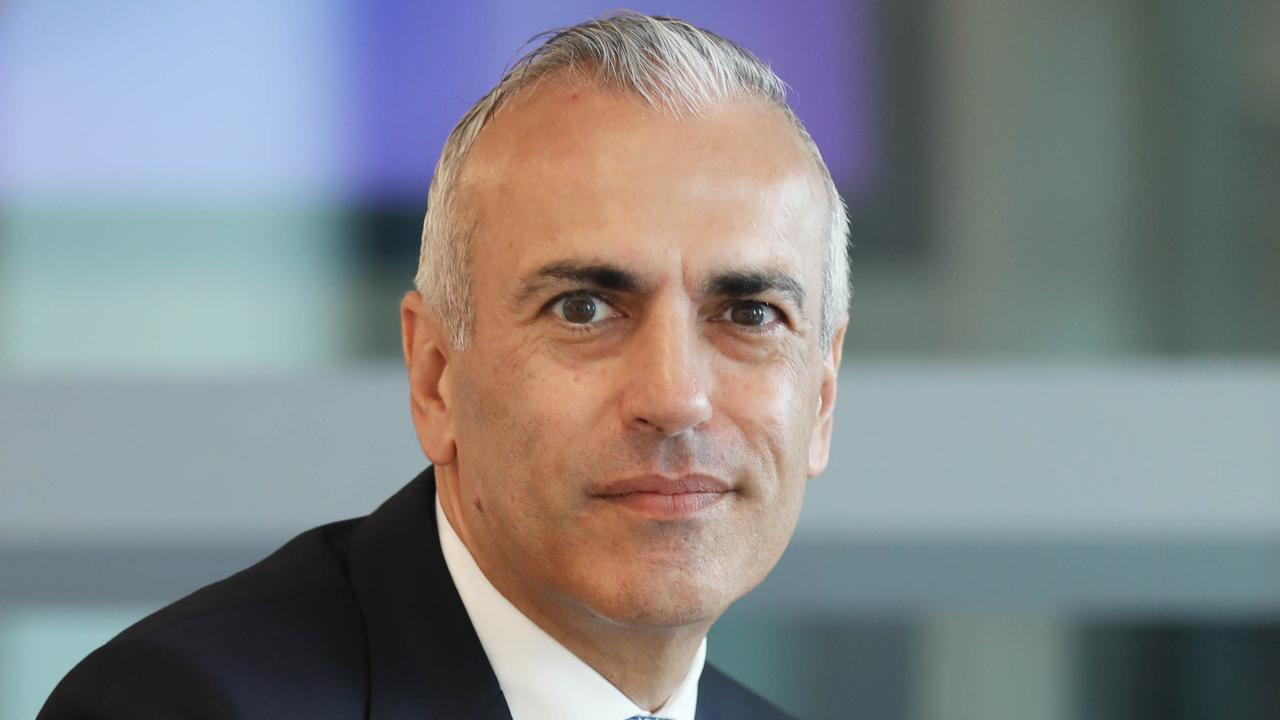Inside Westpac’s $3bn gamble to get back to the tech pack
Bank tech overhauls are dangerously complex, eye-wateringly expensive and are never delivered on time. So why move now?
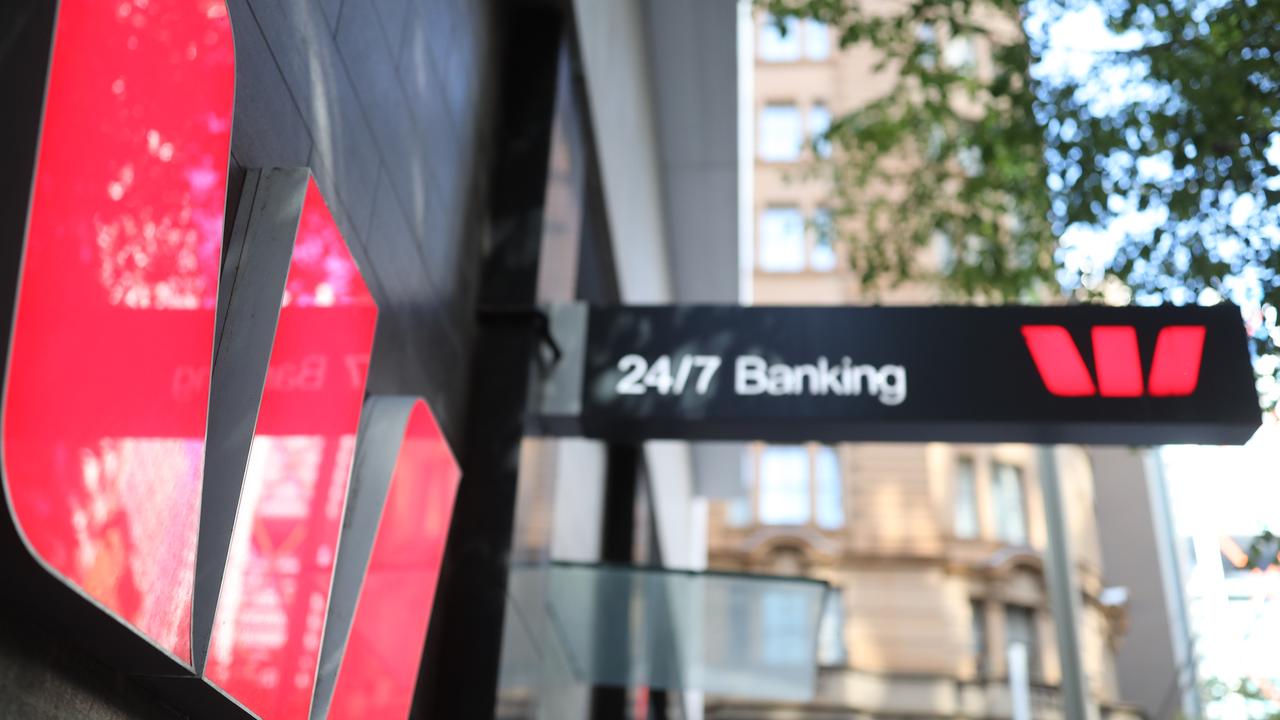
Business
Don't miss out on the headlines from Business. Followed categories will be added to My News.
There’s nothing more chilling for bank bosses than the words “tech transformation”.
Bankers can mostly handle financial shocks or freezes in funding markets because these events are typically swift and intense, with solutions often being readily apparent.
In contrast, technology programs are a management and financial wasteland. They are dangerously complex; eye-wateringly expensive; and are never delivered on time. Ever.
This creates a negative feedback loop. Tech programs are punted from one CEO to the next. And the longer banks wait to tackle their tech, the challenge becomes ever more daunting and risks even higher.
Today’s banking is all about technology. Nearly all the transactions take place outside of the branch and brands can rise or fall on the strength of their digital banking.
It’s come to the point where Westpac can’t ignore its tech bottlenecks any more. Commonwealth Bank set itself up for success under David Murray two decades ago with a total rebuild of its technology. This kicked off a culture of tech and it has invested in the area ever since. National Australia Bank quietly started tackling its tech problems several years ago to make it more stable and simplify the business, and even ANZ has big transformational ambitions with its ANZ Plus program.
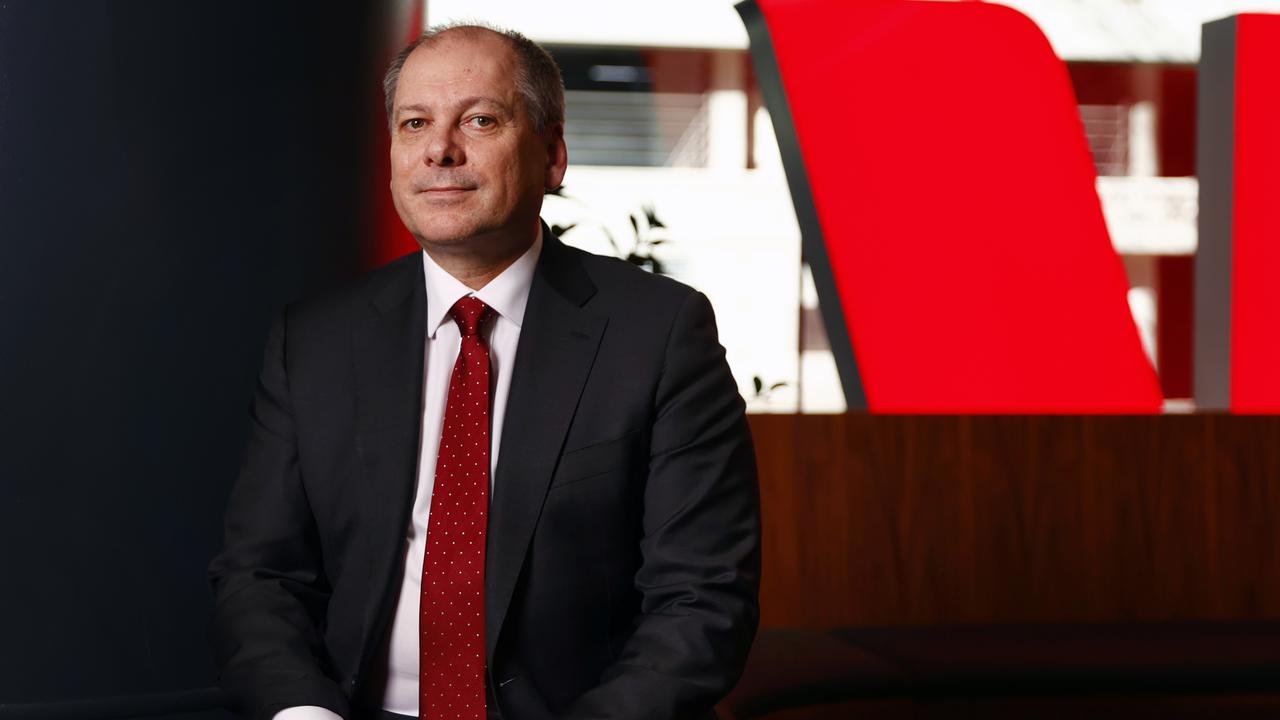
After more than 16 years, Westpac and its St George bank brands still run on separate systems. Westpac has suffered from decades of underspend on technology and a failure to properly integrate St George has left it with multiple tech platforms and this means it has become a perennially high-cost bank. Even now, Westpac bankers frequently switch between three to four systems for standard processes. Additionally, the industry-wide rollout of the Open Banking scheme cost Westpac 30 per cent more than necessary due to the extra systems in place.
Westpac chief Peter King sums up the problem like this: “Westpac technology isn’t older or less capable than peers. We just had too much of it.”
It is with this that King has kicked off a $3bn, multi-year technology overhaul. On current plans the program is due to run through until 2028 and King will be long gone before the benefits of the investment are seen. The program falls short of transformational, but it represents a considered move to make the bank more efficient in the back office.
To highlight the scale of complexity King is attempting to unravel, even by the end Westpac and St George will still be operating on different platforms. That’s for another CEO to tackle.
The project dubbed internally as “Unite” at its core involves simplifying the technology stack Westpac uses. Much of this involves decommissioning multiple systems and eliminating duplication of processes. At the end it’s about reducing 180 different systems to about 60. Each system has myriad processes attached to it so this can help speed things up. While this program doesn’t tinker with the core banking systems used by Westpac and St George, this is about the technology that sits on top. The disruptive and costly core banking upgrade is likely to come towards the end of the decade.

To show how much tech is acting as a brake on the bank, bringing a new customer on board at Westpac today involves 11 different systems. The goal is to bring this down to one. Mortgage and finance payments are spread across seven systems and this is the first program to come down to one. Areas from institutional banking to wealth are also lumbering under multiple systems. While Westpac and St George will remain on separate platforms, King says the focus will be on products that will ultimately sit on common platforms, rather than the brands.
“We’ve set an ambition to be our customers’ number one bank. To that end, we need to be easier to deal with. We want to be number one or two in our chosen markets. And this program will help us achieve that.”
Much of the bank’s tech will move across to cloud infrastructure and this reduces the need for costly data centres. It also provides scope for cutting-edge applications including AI and machine learning, which is critical in helping to stamp out fraud and suspect transactions.
To get there, Westpac will increase its overall investment spend to around $2bn a year – funds that also cover other investments across the business. However the tech project has been able to begin as Westpac’s spending on compliance risk management since the massive Austrac legal action is now starting to recede. This has freed up capacity to spend on other parts of the business, King says.
King has put a measure of success on the program through lifting Westpac’s return on tangible equity over the medium term as well as improvement in efficiency through closing the cost-to-income gap that currently exists compared to its peer banks.
These are worthy aspirations but without hard targets are likely to remain elusive. And this is where the inevitable problems of tech transformation begin. The cost overruns from the project will come earlier and be far easier to measure over the promised benefits. And that’s where bank bosses stumble on the tech spend. Westpac has taken the first step of a long and expensive journey, but it will take more than tech alone to get the bank where it needs to be. Tackling the St George integration will be the next big step.
Retirement crisis has an answer
BlackRock’s Larry Fink has changed tack from the environmental challenges of our time to narrow in on a new topic: The looming global retirement crisis.
The chairman and CEO of the world’s biggest asset manager – a business that at its core is designed to set people up for retirement – has warned we won’t have enough money for our post-work years.
Healthcare advances are helping us to live longer and be more active as we get older, however our finances are struggling to keep up. The way we plan for retirement and even our concept of the retirement age of 65 hasn’t changed in more than 100 years.
The situation is only going to get worse in coming decades, cautions Fink, who oversees the $US10 trillion ($15 trillion) asset manager.
Fink’s comments, contained in his latest annual chairman’s letter, also shine a spotlight on how the world’s biggest economy has failed to prepare for the economic and financial challenge of retirement.

Fink has clout with governments and CEOs. Indeed, he spent much of the past year travelling the world meeting with governments and senior executives from all industries on a fact-finding mission around the retirement puzzle as well as the other challenge of building the right energy infrastructure.
While in Australia mid-last year, he met with the leaders of the Future Fund, but it was a meeting with AustralianSuper boss Paul Schroder in Sydney that opened the BlackRock boss’s eyes to the strength of the superannuation system.
Schroder, who oversees the $315bn fund, said the talk with Fink was built around corporate culture and capital markets and how super is serving the future interests of members.
In his annual letter released this week, Fink called out Australia’s superannuation system as a model to help tackle the retirement crisis. More than three decades after the introduction of the superannuation guarantee, Fink points out Australians have more retirement savings per capita than any other country.
“The nation has the world’s 54th largest population, but the 4th largest retirement system,” Fink says in his annual letter.
He highlights there are nearly 60 million workers in America that don’t have any kind of retirement savings plan. This includes gig workers, farmers and restaurant workers.
He says four-in-10 Americans don’t have a few hundred dollars to spare to cover an emergency, let along starting to plan for retirement.
“Of course, every country is different, so every retirement system should be different. But Australia’s experience with supers could be a good model for American policymakers to study and build on,” Fink says.
Some already are. There are about 20 US states – like Colorado and Virginia – that have instituted retirement systems to cover all workers like Australia does, even if they’re gig or part-time.
Like tech CEOs and the White House coming together to address the fragility of the chip supply chain, the US needs to do something about its retirement crisis.
“America needs an organised, high-level effort to ensure that future generations can live out their final years with dignity,” Fink says. One answer can be found right here in Australia.
johnstone@theaustralian.com.au
More Coverage
Originally published as Inside Westpac’s $3bn gamble to get back to the tech pack




